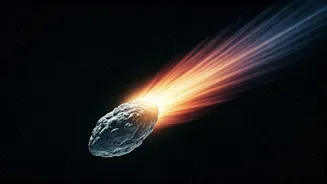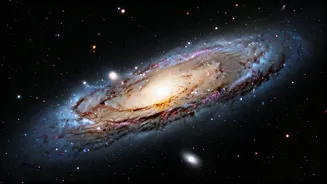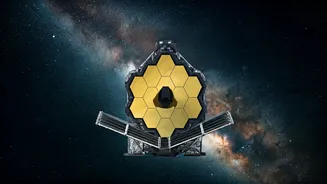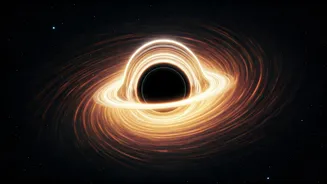Unexpected Speed Increase
The standard cosmological model is facing a major revision, prompted by surprising new data. Researchers have observed that our solar system is traversing
space at an astonishingly rapid pace. The study, conducted by the Bielefeld research team, unveiled that the velocity of our solar system is three times greater than the speed predicted by the prevailing theories. This startling discovery demands a reevaluation of our grasp of the universe’s structure and dynamics, prompting scientists to reconsider some of the fundamental assumptions underpinning their calculations. This unforeseen increase challenges several core tenets of the current cosmological models.
Challenging Cosmological Models
This increased speed introduces a significant challenge to the validity of the established cosmological models. Current models are founded on certain assumptions about the universe's overall structure, the distribution of matter, and the nature of dark matter and dark energy. The accelerated movement of our solar system raises questions regarding the completeness of these models, particularly concerning their ability to accurately predict cosmic motions. The Bielefeld study’s findings call for a review of the parameters used in these models, highlighting the need to incorporate the new data and reconcile it with established knowledge. This situation necessitates detailed investigations to identify the factors behind this accelerated motion.
Implications for Understanding
The implications of this altered speed have vast implications for our grasp of the universe. If our solar system is indeed moving at a velocity three times greater than previously predicted, it challenges our understanding of the large-scale distribution of matter. It questions our comprehension of the influence that gravitational forces, which shape the movement of celestial bodies, have on galactic scales. This unexpected speed indicates that there could be unseen forces or factors at play, perhaps necessitating the inclusion of new elements into existing models. This discovery also underscores the necessity for more thorough research, urging scientists to look for clues that can help solve the cosmic riddle.
Radio Galaxy Analysis
The research, centered around a detailed investigation of radio galaxies, used them as cosmic beacons to study the large-scale structure of the universe and the movement within it. These galaxies emit strong radio signals, providing crucial data on the cosmic environment and the interaction of galaxies. The recent study involved observing the positions and movements of a large number of radio galaxies, which provided information about the solar system's motion in relation to these distant objects. Through meticulous analysis, the researchers were able to spot that the solar system’s velocity was greatly at odds with their initial estimates. This approach using radio galaxies gave the researchers an extraordinary perspective on the dynamics of the universe.
Future Research Directions
Future research in this field is centered on verifying the Bielefeld study's findings and elaborating on the mechanisms that cause the observed speed. The team will perform follow-up studies, including detailed observations and sophisticated computational simulations, to validate the accuracy of their results. They will use new data sets from space-based telescopes and ground-based facilities to confirm the solar system’s velocity. They hope to gain a better understanding of the factors that lead to the accelerated movement. Furthermore, the goal is to develop more precise cosmological models that can explain this anomaly. These models should encompass all of the available data and accurately represent the nature of the universe.














